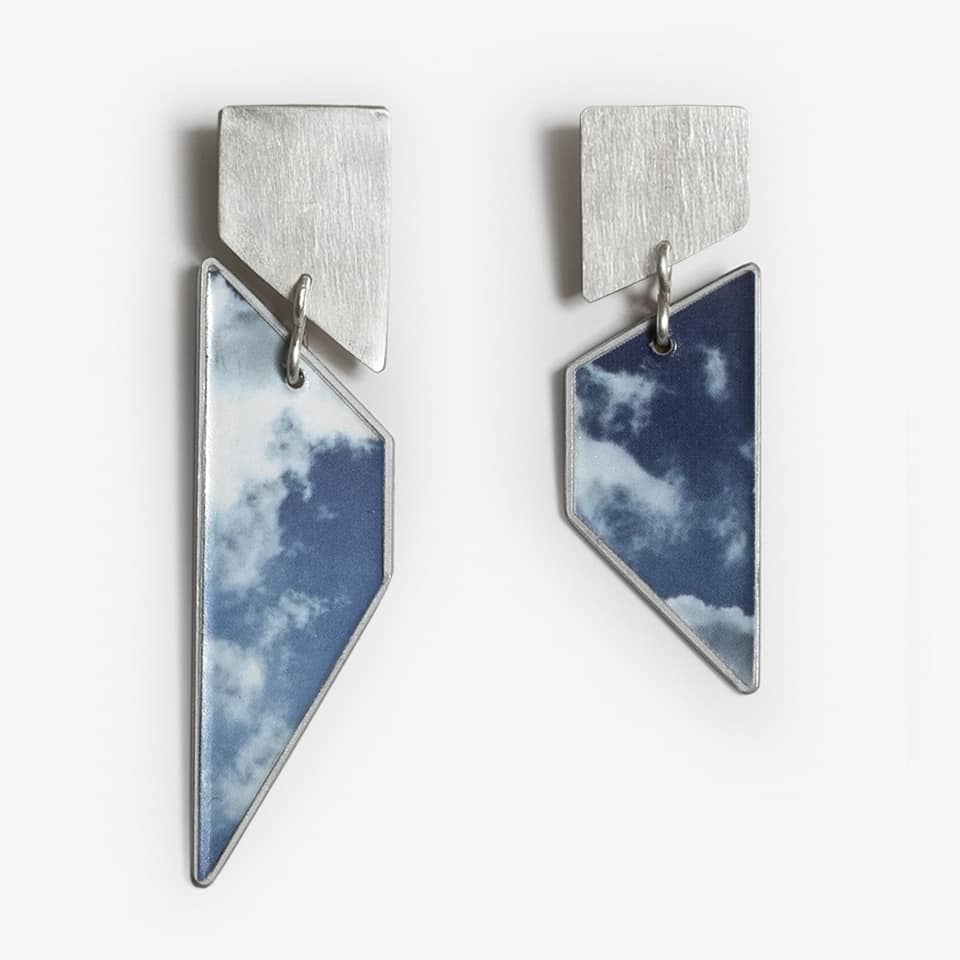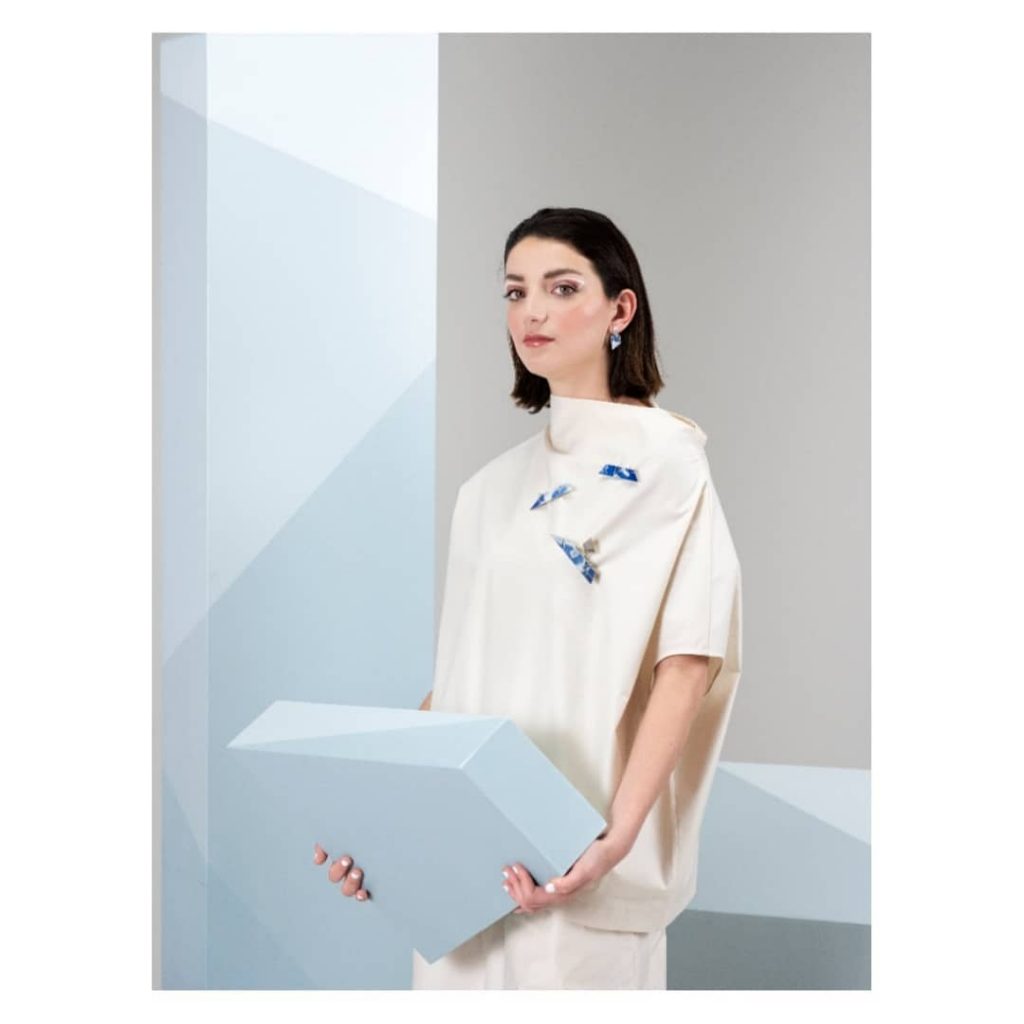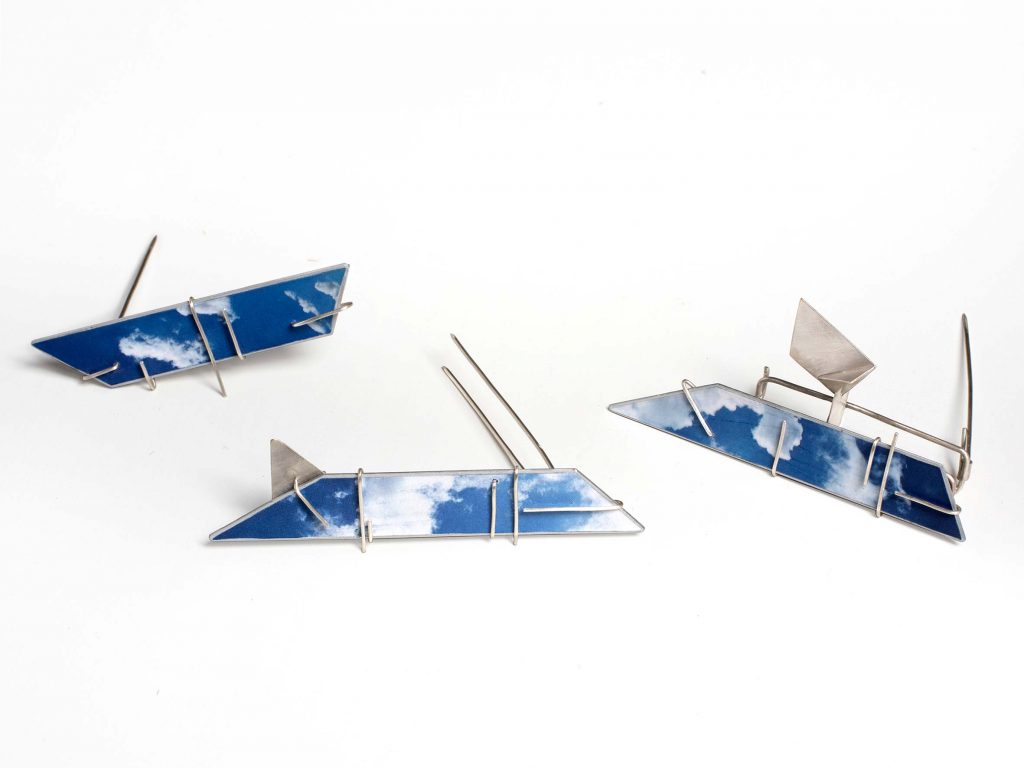Stefania Bandinu, the story behind her creations

Stefania Bandinu is a designer and craftswoman who lives and works between Bologna and Sardinia, her homeland. Hers is a work of evocation where jewellery loses its purely aesthetic value and becomes a means of narration. The ‘narrative‘ collections tell the story of the designer’s world and imagination through travel, contamination and traditional techniques.

Tell us about yourself, your background and the path that led you to your jewellery design.
I am Stefania Bandinu, I am a designer-craftswoman: that is how I like to define myself because I design jewellery lines that I make with my own hands. I founded a brand that bears my name and this artistic journey began by pure chance. I was born in Sardinia but I went to study in Bologna to do first the art school then the Academy, continuing with a specialisation in art history. During my last years at university I tried to focus on what could be my future path and by chance I started working with metals, creating very small objects.
From simply creating objects with purely aesthetic value, I tried to create objects that could tell something, with narrative value. This peculiarity then became the thread of all my research: I started to mix materials together with metal, to use paper that could be old paper or simple photographs and images with the desire to create something with a strong narrative value. Thus the object became a signifier for something else and could communicate an often absent world. I worked by evocation.
How did the company get started and what is the poetics behind Stefania Bandinu creations?
I opened my own small company and started to create ‘narrative’ collections. Into these collections flowed what was my world, my imagination. Above all, my travels, because I have always been a ‘migrant’, having left Sardinia at a very young age for the ‘continent’; my reality of life took place between two poles to which France was later added.
I told of my travels, my passions, the stories of some women I was passionate about, and very often I told of the bond I had and still have with my land, Sardinia. It is a bond that I have woven within a project that is quite complex in terms of the languages used: a collection of jewellery called Janas. To build this collection, several years ago, I wanted to talk about fabrics from Sardinia, because I wanted to talk about Sardinia.

During the first lockdown, you brought the Lenuvole collection to life. Tell us about this experience.
My latest collection is called ‘Lenuvole‘ and it is a collection I dedicated to the sky, to this vision of celestial space. They are small portions of photographs of skies and clouds in which you can only see the white and blue expanses of clouds so there is a very recognisable colour component. This project was born during the lockdown, which I experienced in 2020, when I became aware of the pressing need to make the collection. The idea of not being able to go to open spaces was a big renunciation for me.
So what I had my eye on during these months were the windows and the sky, the access to the outside world. So I started to build this collection with the idea that these little pieces of sky were the fragments of something that was exploding, as if there was a will on my part to go beyond a limitation in order to get air. While making the collection, I noticed that these fragments, with their sharp angles and broken shapes, reminded me a lot of the fragments of sky one sees when walking through the city streets.
I also tried to create photographic analogies to better tell my audience about the theme. So I launched a call on instagram, in which I asked people to take pictures of the sky and send them to me, writing a thought that had accompanied that shot. I wanted to make a small celestial atlas: a collection of visions of freedom and open spaces. For me, these were also intimate and emotional spaces therefore very personal within which one could feel free to express, to be and to believe in what one most wanted.
It was also a willingness to listen to one’s inner voice. I find it is always an important thing, both for those who pursue an artistic path and those who simply live.

You have travelled and lived in very different places. What is your relationship with Sardinia?
I realized that I was strongly attached to this land. I became aware of it during my high school years when I realised how much I missed those places. I missed the landscapes, the smells, the scents; I had that yearning for the place that I could not take with me. I never tried to represent it in any artistic form, but later, when I was creating my works, it came back with force.
This nostalgia has built my view of the landscape, which is a component of my research, looking at the sky, at horizons, working on the concept of place, on culture. There is this even pictorial look that is strongly linked to my landscapes and nature. Although the work in which I tell this connection most of all is the Janas project, which speaks of ties, threads, stitches. I decided to set out in search of textile material, a material capable of narration, since fabric already had a narrative capacity in itself.

To create this story, I set out to collect fabric fragments and stories of weavers precisely because the idea of the textile collection was very beautiful and strong on a symbolic level. I wanted to go beyond the making of the object and let the people who had made those fabrics speak. So I started off alone and then a team of documentary filmmakers decided to follow me and turn this speech into a documentary.
A fantastic work was born and it was an incredible experience because from a very small idea came a team effort. A network was truly built that was able to produce a work created through a multiplicity of languages. The project consisted of a collection of jewellery and a documentary film therefore an audiovisual product but at the same time a community. A community of textile insiders, textile enthusiasts and intellectuals who had in some way revolved around the world of weaving.
It was a beautiful choral expression with a look that started from tradition and the past and then arrived at the future, at the contemporary. Moreover, this project did not end with the trip to Sardinia but it took us to Okinawa, Japan, and from there another story was sewn.
